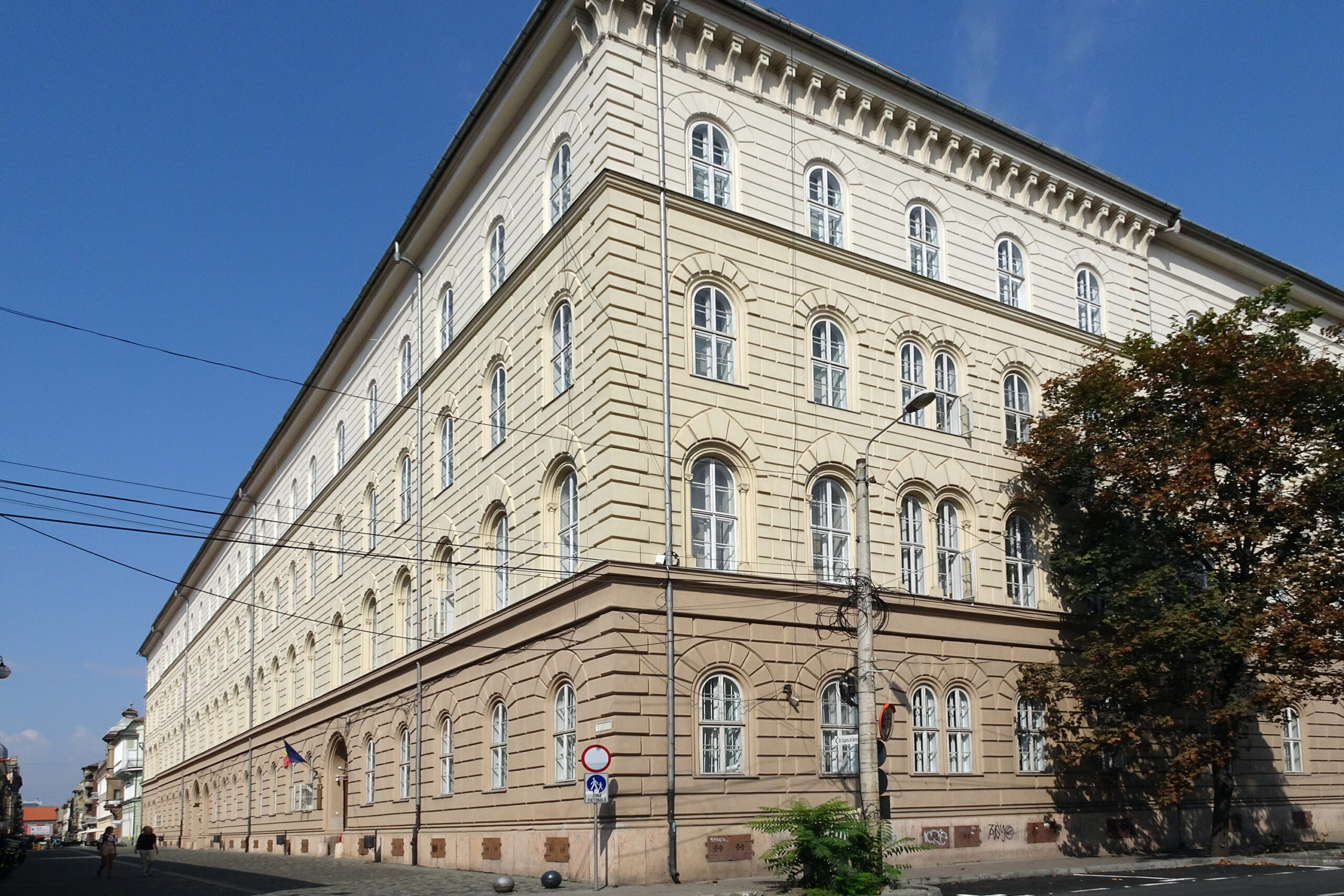Dicasterial Palace
Str. Palanca
1855-1860
Secular buildings


Palazzo with an Italian Flair
After the defeat of rebel forces in the Hungarian Revolution of 1848, which was directed against the Austrian Empire, the government in Vienna reorganized and divided Hungary into five administrative districts. Timisoara was to become the state capital for the 2nd time in its history, the first time having been after the conquest in 1716 when it was the centre of the Banat crown domain. Timisoara became the administrative centre of the newly founded Vojvodina district government of Serbia and that of Timisoara Banat. The representative administrative building was built in the monumental Neo-Renaissance style modelled after the Italian Palazzo Strozzi in Florence and completed in 1860. As to be expected, the building was monumental. The building is the largest public building in the city, with three courtyards and six gates, 273 offices and 160 rooms.
Shortly after the completion of the new government building, the Habsburg monarchy suffered a defeat in the Italian War. Hungary regained more influence and for domestic political reasons, the previous balance of power was restored. The intended use for the palace was abandoned, and instead, it became the Palace of Justice.
In Viennese official German, the building was called “Dicasterialpalast”. The name goes back to classical antiquity, “dicasteries” being people’s courts in ancient Greece.
Even today, the palazzo with its Italian influenced design falls under the justice umbrella. The Court of Justice for the District of Timisoara and several other administrative offices and law firms are housed in the Dicasterial Palace.
Tour sights
- 1. Theresia Bastion
- 2. Lutheran Church
- 3. Union Square
- 4. Saint George’s Cathedral
- 5. Serbian Orthodox Cathedral
- 6. Miksa (Max) Steiner Palace
- 7. Brück House
- 8. Dicasterial Palace
- 9. Klapka Library
- 10. The “Guild Tree”
- 11. St. George's Square
- 12. Prince Eugene House
- 13. Citadel Synagogue
- 14. Liberty Square
- 15. Huniade Castle
- 16. National Opera House
- 17. Victory Square
- 18. Corso
- 19. Orthodox Cathedral
- 20. Piarist Ensemble
- 21. Reformed Church
- 22. Doja Street
- 23. Journey through Time
- 24. Rose Garden

